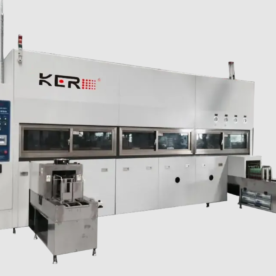- Home
- /
- About company
- /
- News
- /
- How does an ultrasonic cleaning machine work
How does an ultrasonic cleaning machine work
How Does an Ultrasonic Cleaning Machine Work?
Introduction
Ultrasonic cleaning machines are widely used in various industries for efficient and thorough cleaning of delicate and hard-to-reach objects. This article will explain how an ultrasonic cleaning machine works, what it is, and provide instructions on how to use it effectively.
What is an Ultrasonic Cleaning Machine?
An ultrasonic cleaning machine is a device that utilizes the power of ultrasonic waves to remove dirt, contaminants, and residues from objects. It consists of a tank filled with a cleaning solution and ultrasonic transducers that generate high-frequency sound waves. These sound waves create microscopic bubbles in the cleaning solution, a process known as cavitation, which gently cleans the surfaces of the objects immersed in the tank.
How Does an Ultrasonic Cleaning Machine Work?
The working principle of an ultrasonic cleaning machine involves several steps:
Tank Filling: The cleaning tank is filled with a suitable cleaning solution or solvent. The choice of solution depends on the type of contaminants and the material of the objects to be cleaned.
Object Immersion: The objects to be cleaned are placed inside the cleaning tank, ensuring that they are fully submerged in the cleaning solution. It is important to avoid overcrowding the tank, as this may hinder the effectiveness of the cleaning process.
Ultrasonic Transducer Activation: The ultrasonic transducers, located at the bottom or sides of the tank, are activated, producing high-frequency sound waves. These sound waves create millions of tiny bubbles through cavitation in the cleaning solution.
Cavitation Effect: The formation and collapse of these microscopic bubbles create intense agitation and scrubbing action on the surfaces of the objects. As the bubbles collapse, they release tremendous energy, dislodging dirt, contaminants, and residues from the object’s surface.
Removal of Contaminants: The dislodged contaminants float in the cleaning solution or sink to the bottom of the tank, away from the objects being cleaned. It is essential to periodically remove and filter the cleaning solution to maintain its effectiveness.
Rinsing and Drying: After the cleaning cycle, the objects are rinsed to remove any remaining cleaning solution or contaminants. Depending on the requirements, the objects can be air-dried or further processed using other drying methods.
How to Use an Ultrasonic Cleaning Machine?
Using an ultrasonic cleaning machine effectively involves the following steps:
Preparation: Select an appropriate cleaning solution that suits the type of objects and contaminants you need to clean. Ensure the machine is properly set up and the cleaning tank is filled with the recommended amount of solution.
Object Placement: Place the objects to be cleaned inside the tank, making sure they are fully immersed in the cleaning solution. Avoid overcrowding the tank to allow proper cleaning action.
Setting Parameters: Set the desired cleaning time and temperature on the ultrasonic cleaning machine’s control panel. Follow the manufacturer’s instructions for optimal settings based on the type of objects and contaminants.
Start the Cleaning Cycle: Activate the ultrasonic cleaning machine to begin the cleaning cycle. Monitor the process and adjust the parameters if necessary.
Post-Cleaning: Once the cleaning cycle is complete, remove the objects from the tank and rinse them thoroughly to remove any residual cleaning solution. Air-dry the objects or use appropriate drying methods before further processing or storage.
Frequently Asked Questions (FAQs)
Can I use any cleaning solution in an ultrasonic cleaning machine?
What types of objects can be cleaned using an ultrasonic cleaning machine?
Can I use an ultrasonic cleaning machine for large objects?
Are ultrasonic cleaning machines safe to use?
Can I reuse the cleaning solution?
Understanding how an ultrasonic cleaning machine works and how to use it properly will help you achieve efficient and effective cleaning results. When choosing an ultrasonic cleaning machine, consider reputable suppliers like MachTrade (machtrade.us), known for their professional parts washing equipment and reliable service.
Note: For specific information about available ultrasonic cleaning machines, their features, and pricing, please visit MachTrade’s website (machtrade.us) or contact their sales representatives for personalized assistance.
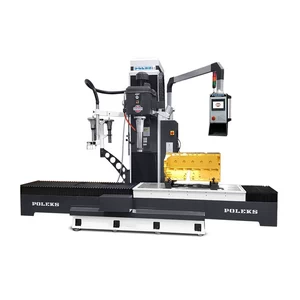
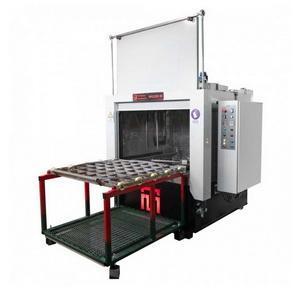
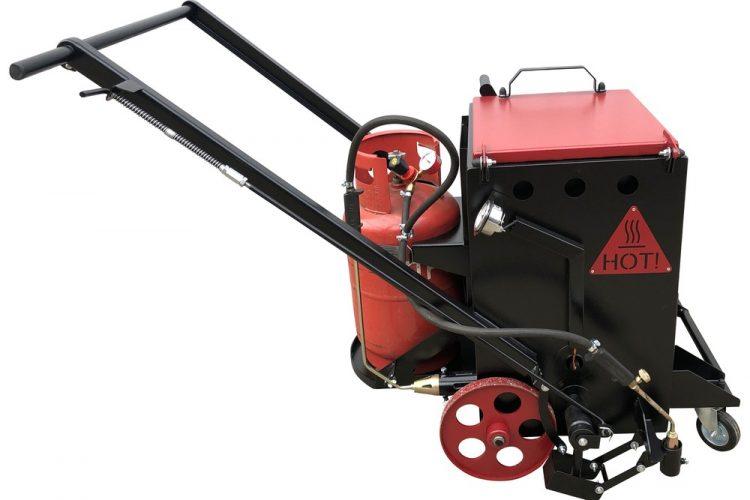
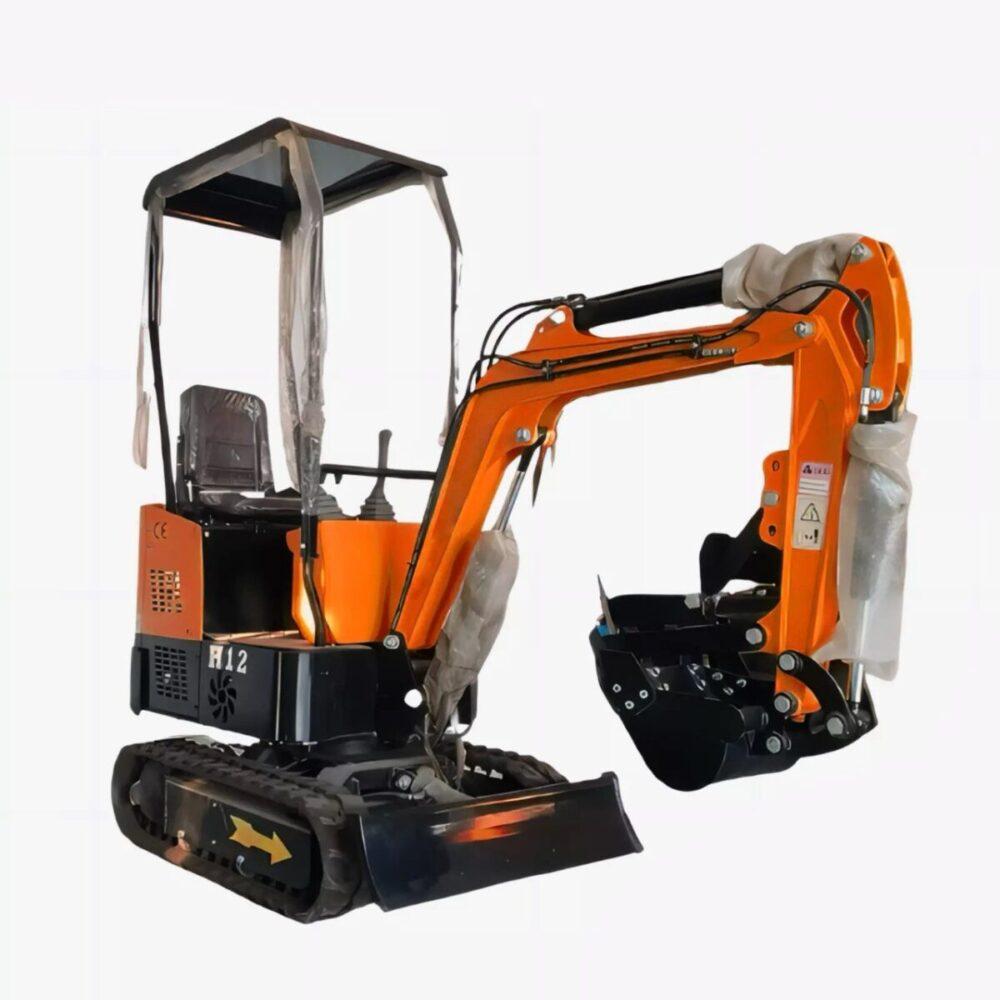


 Copy the link
Copy the link
